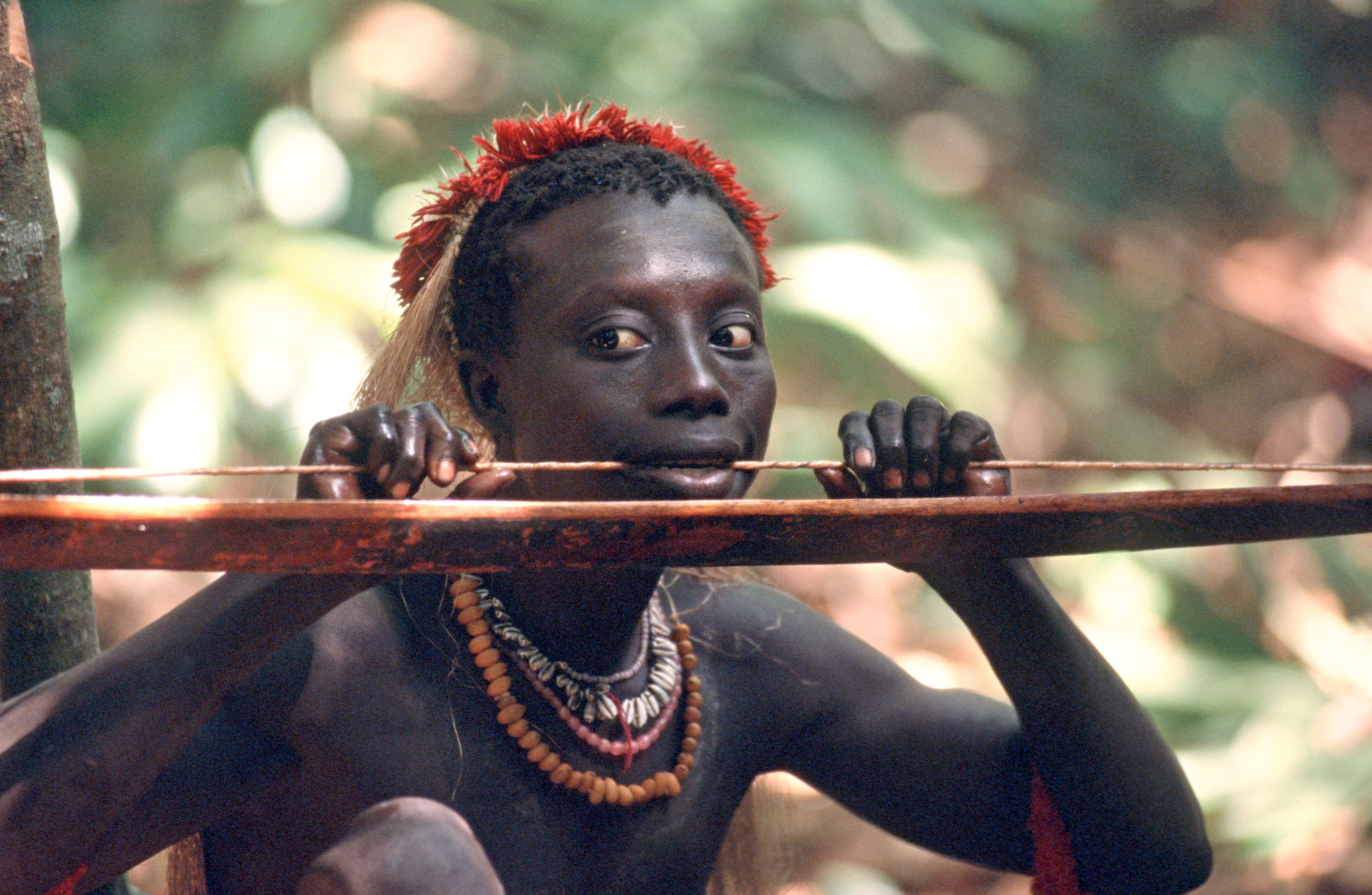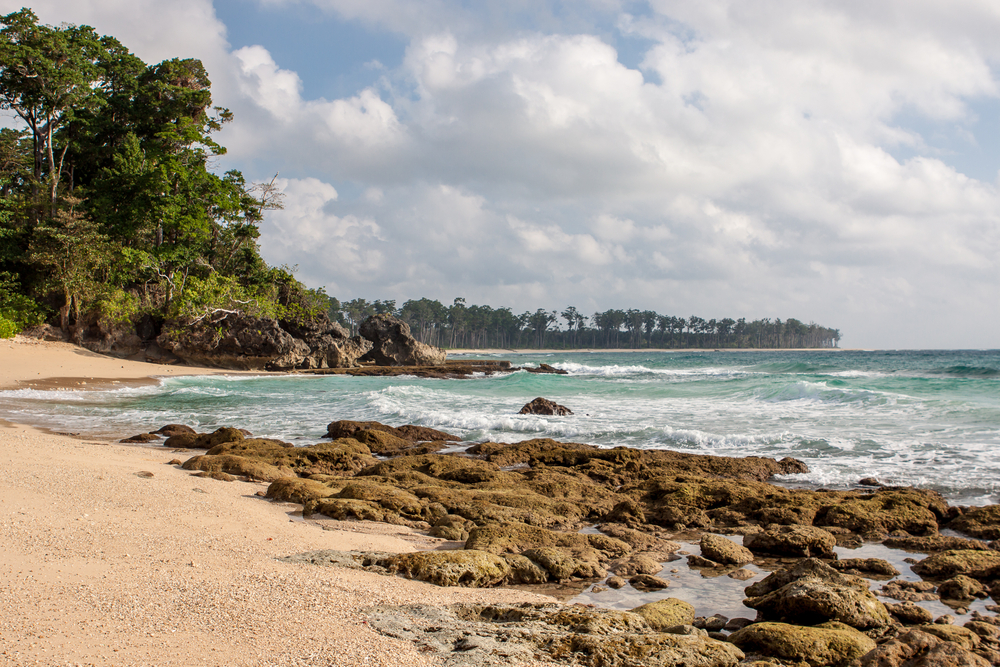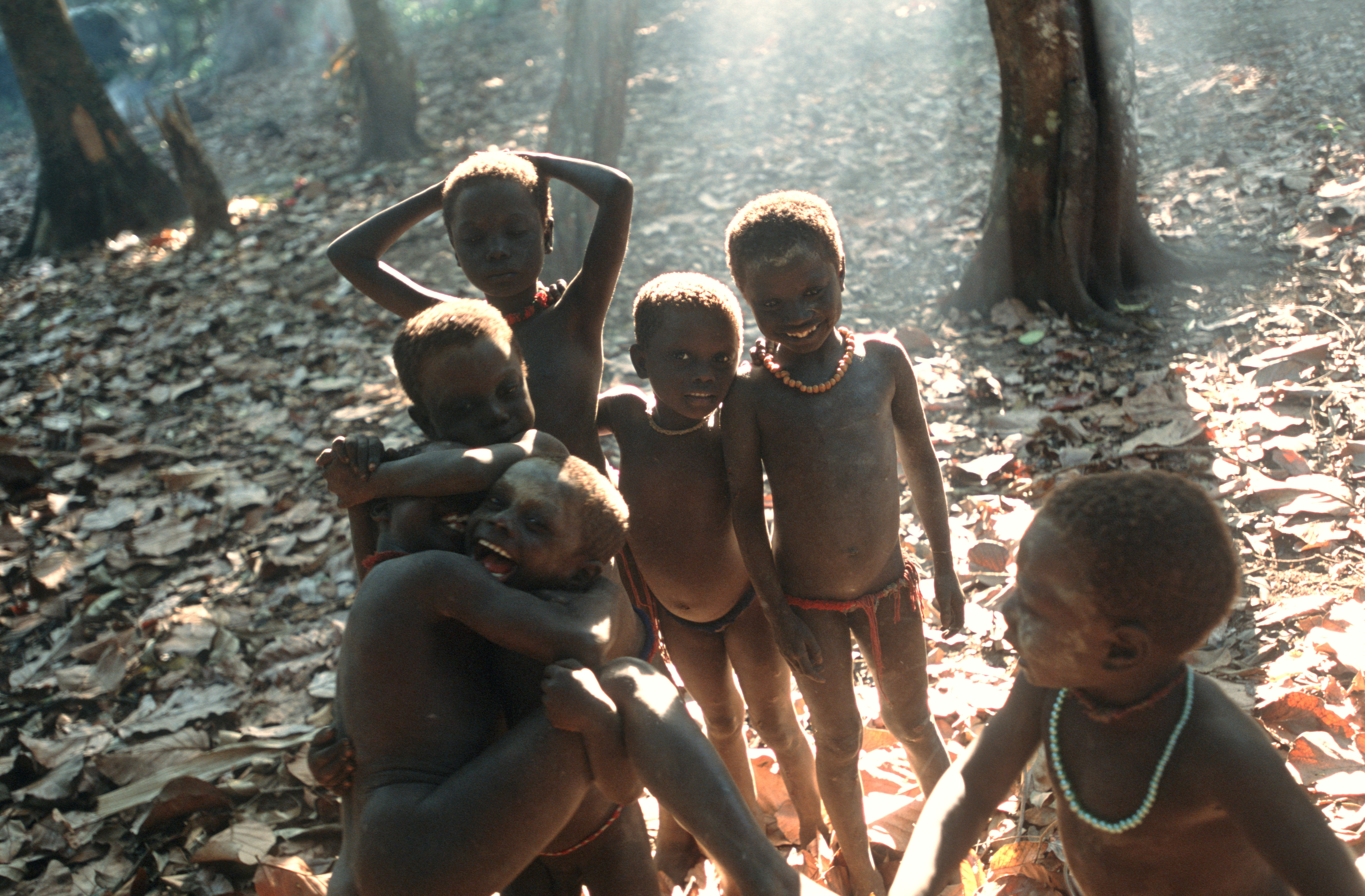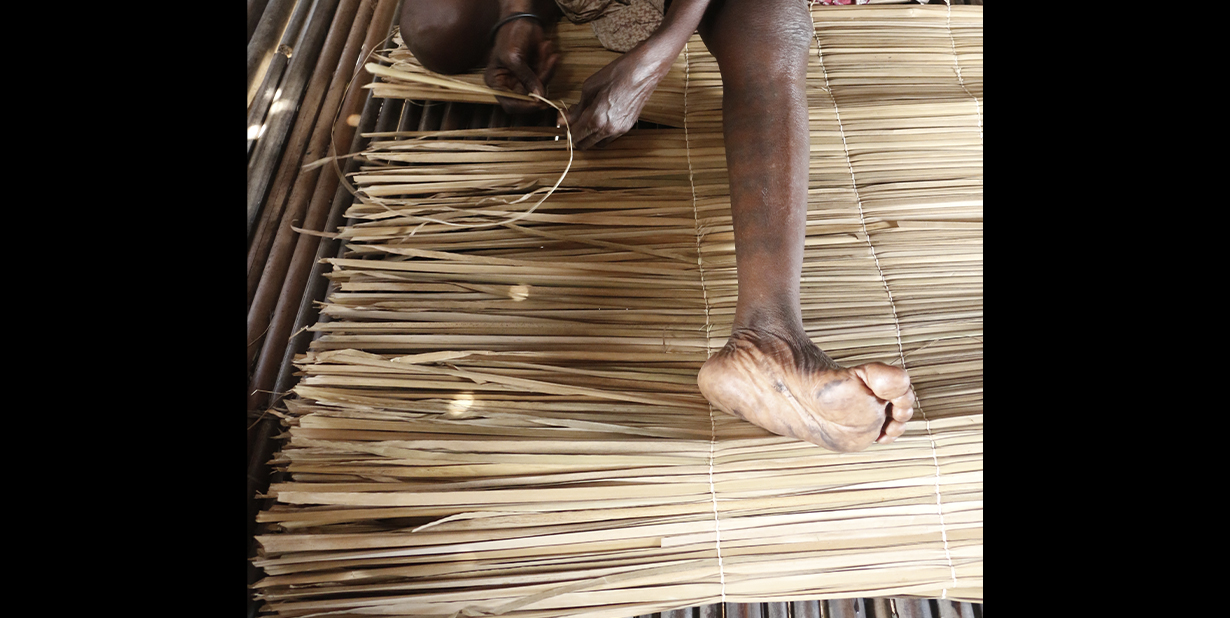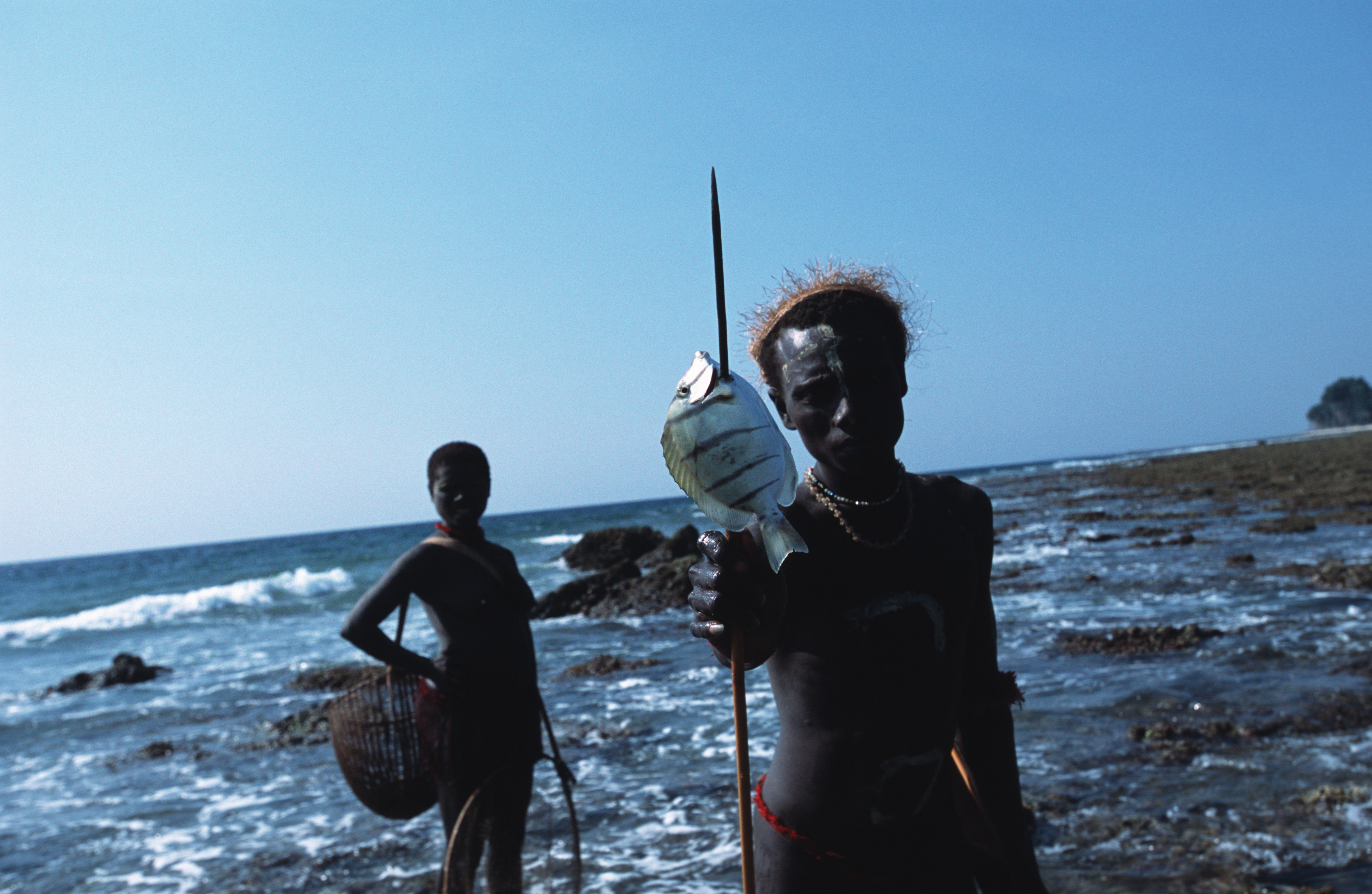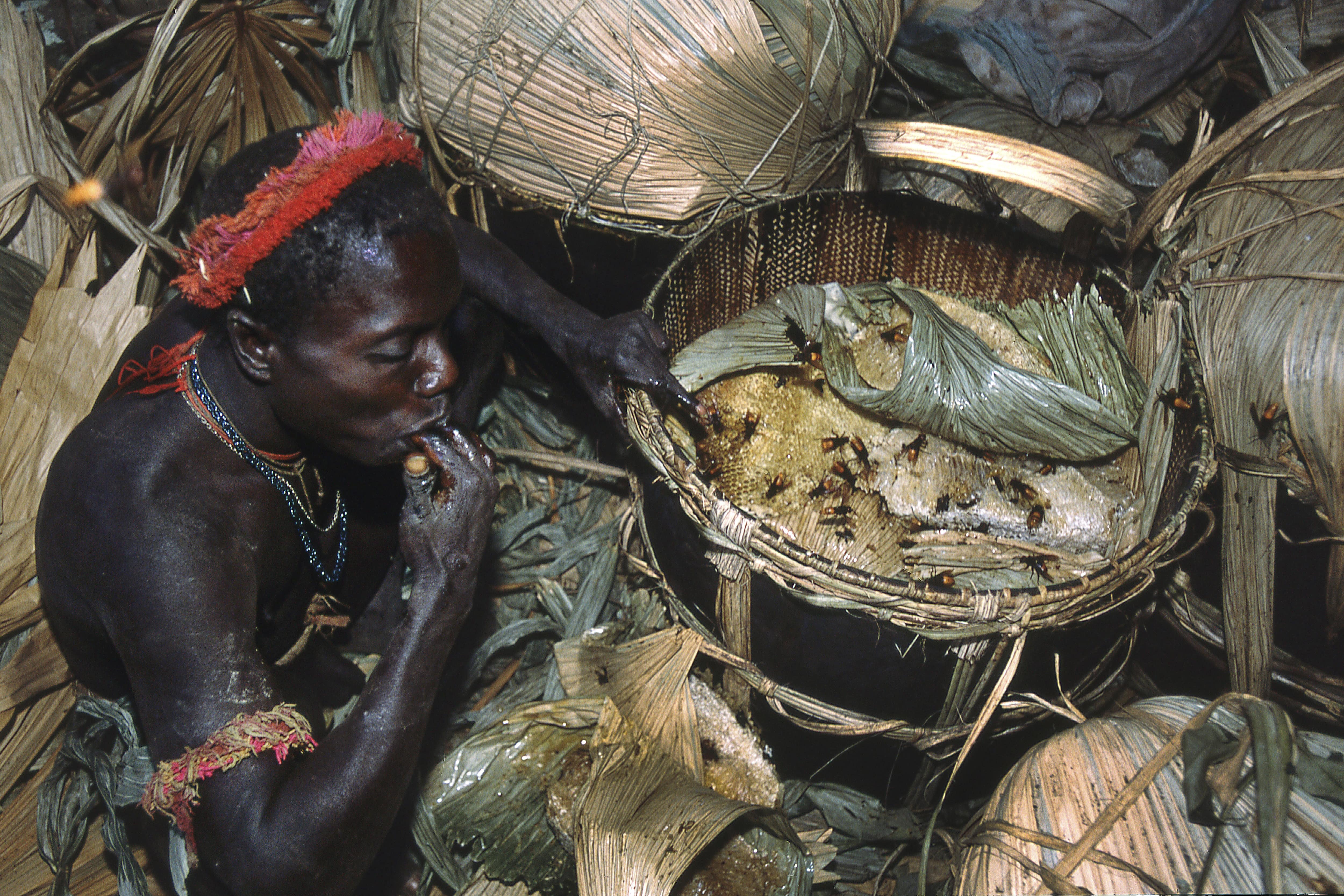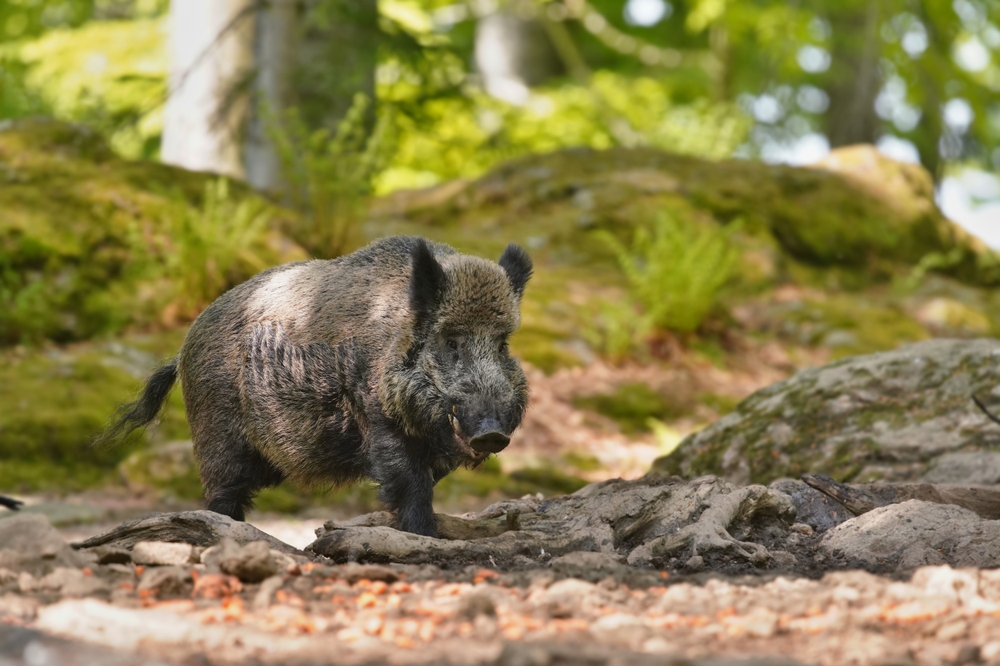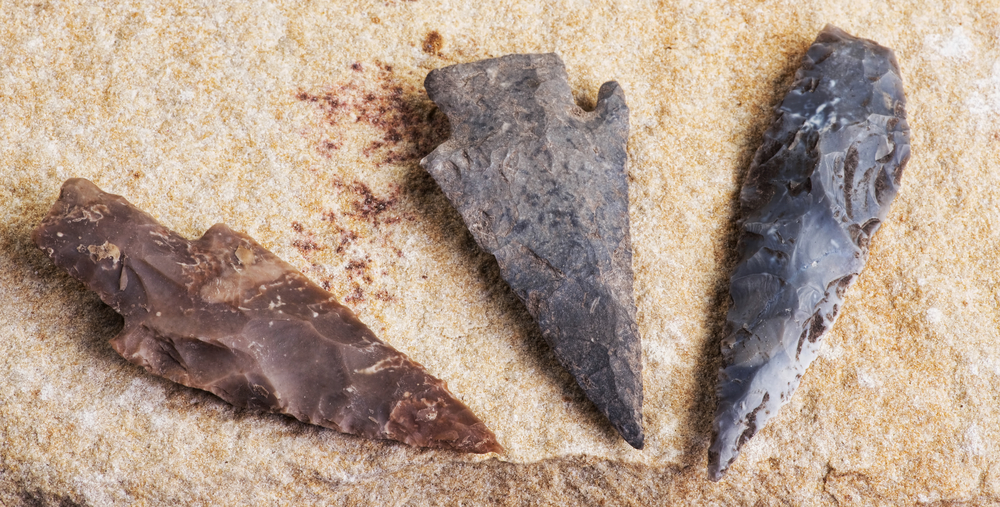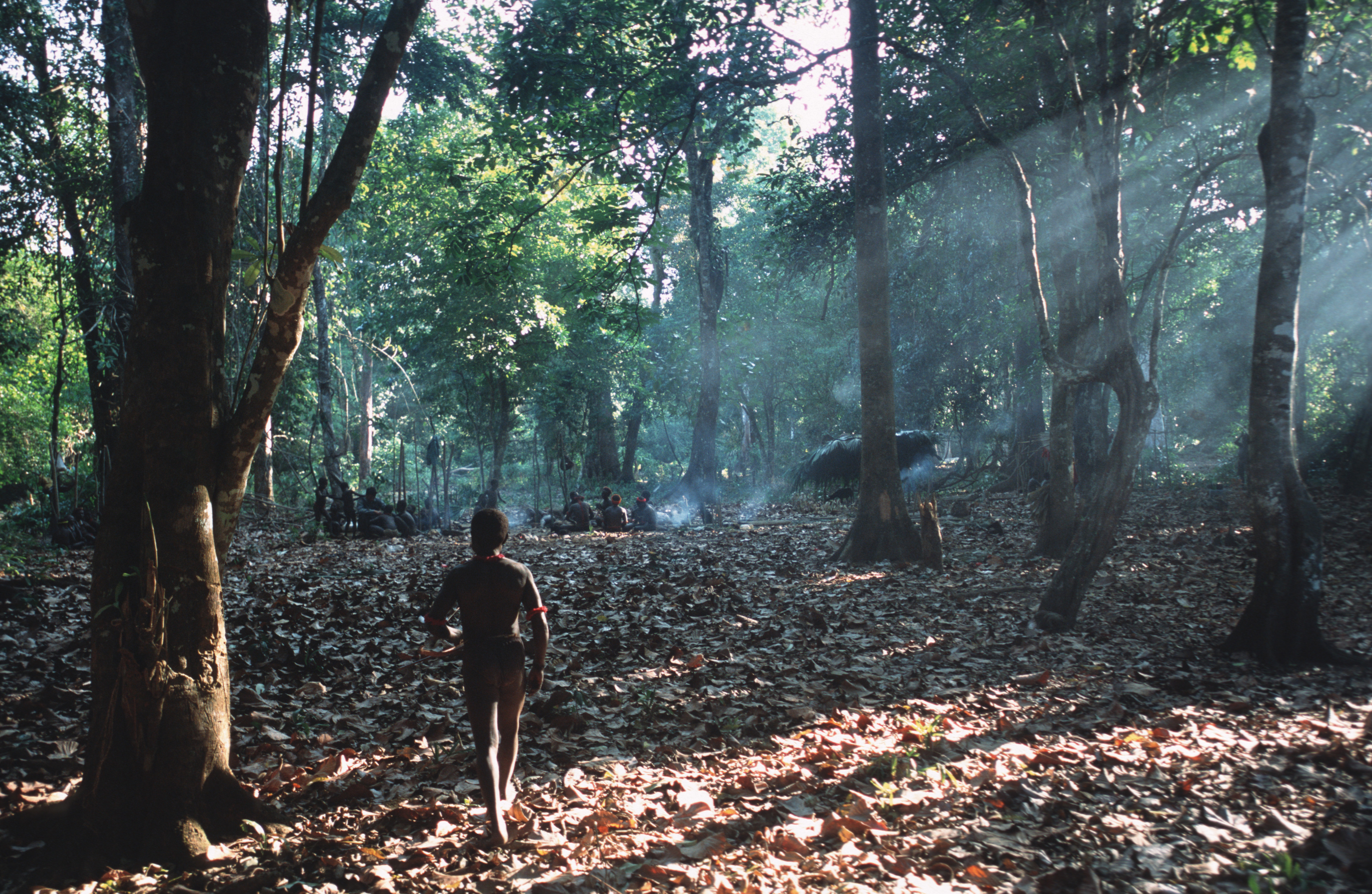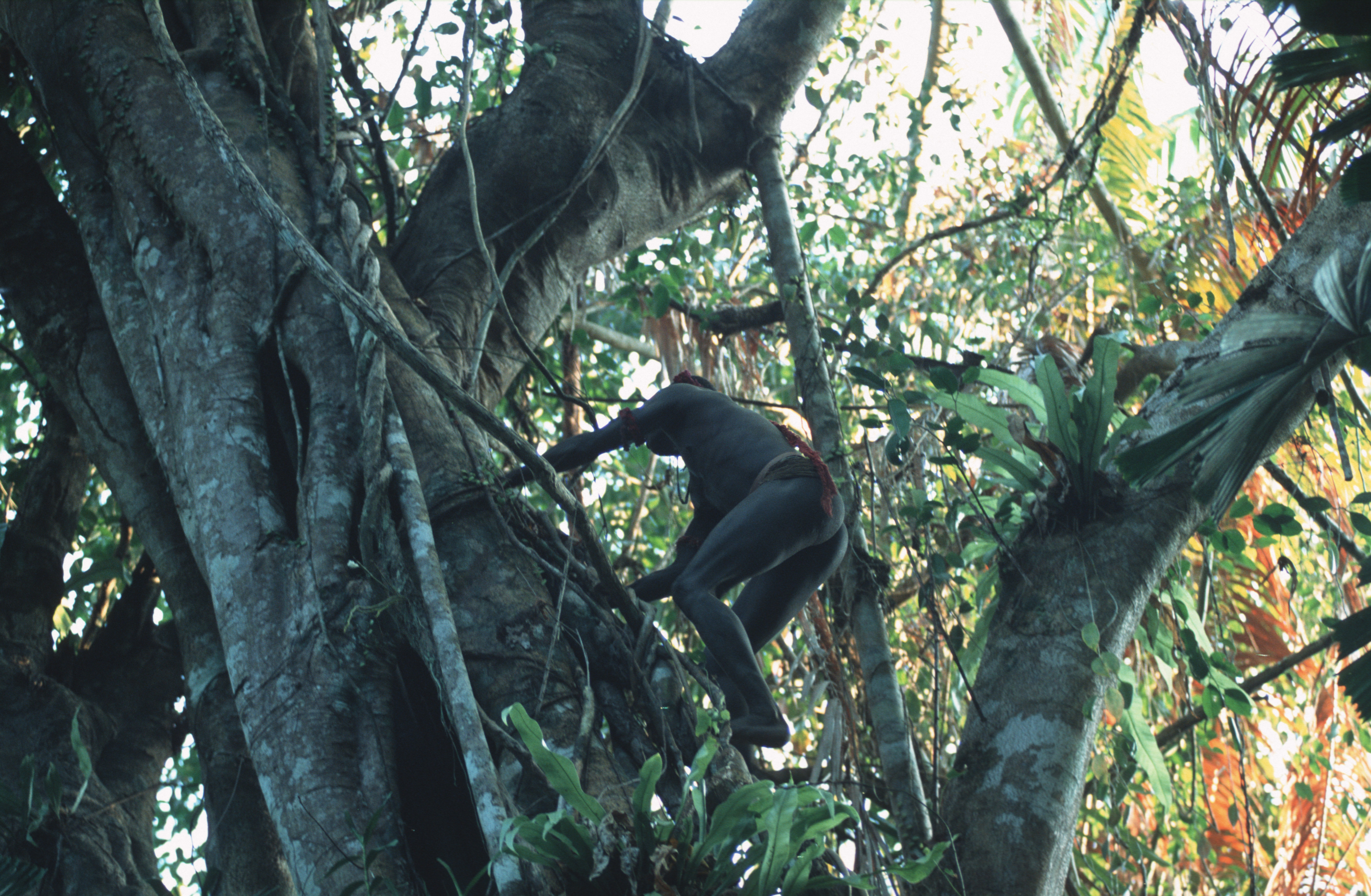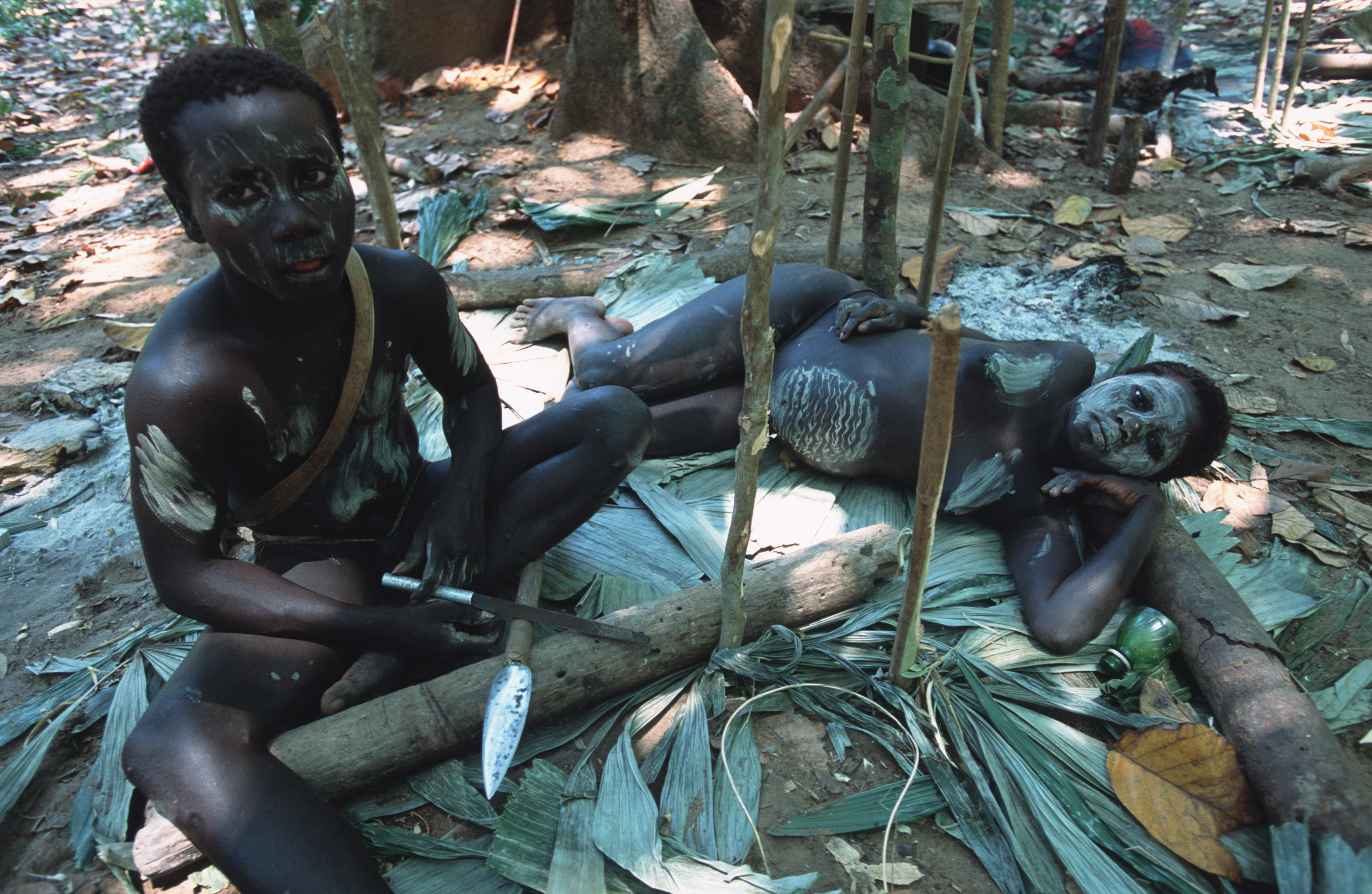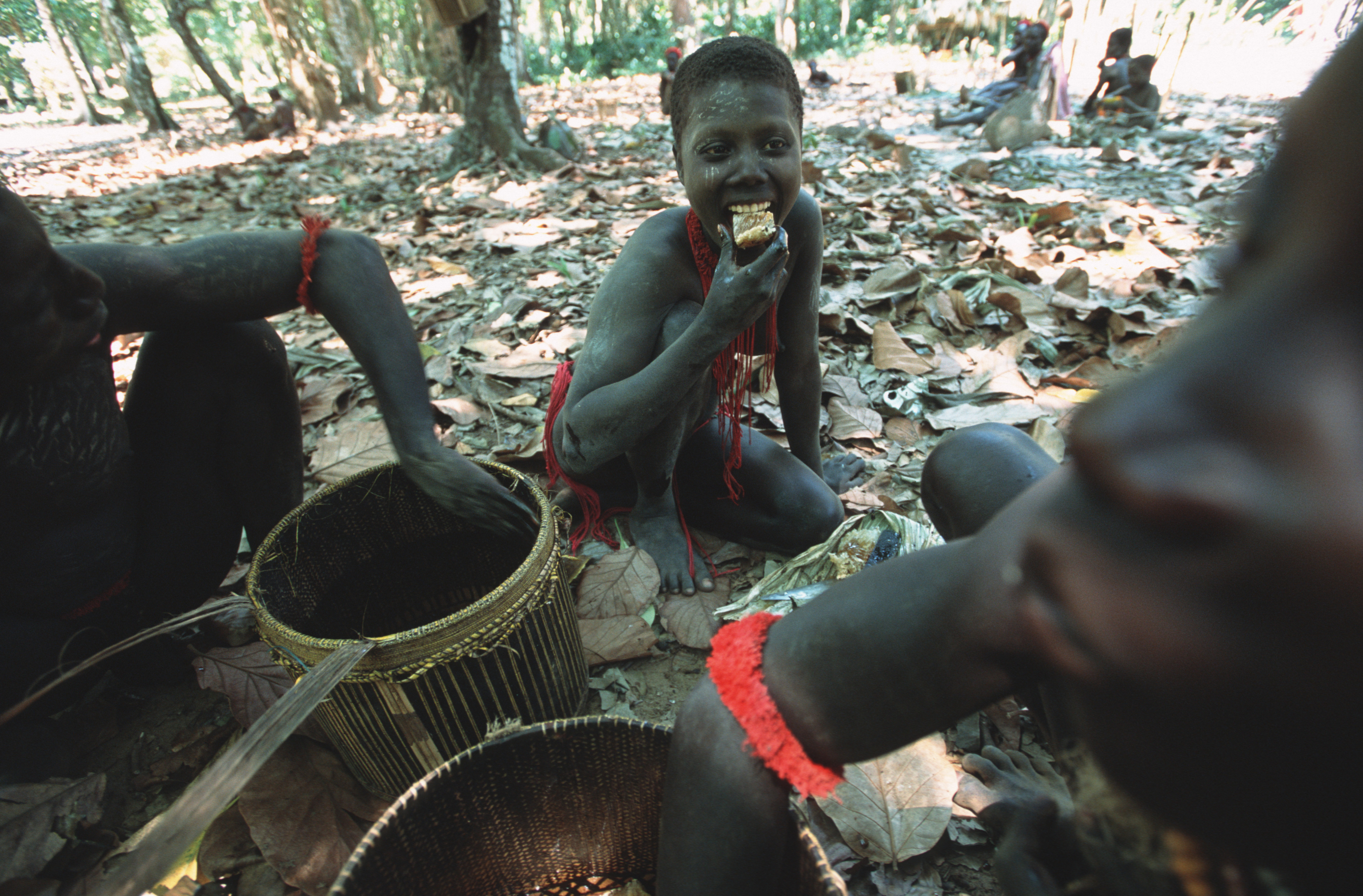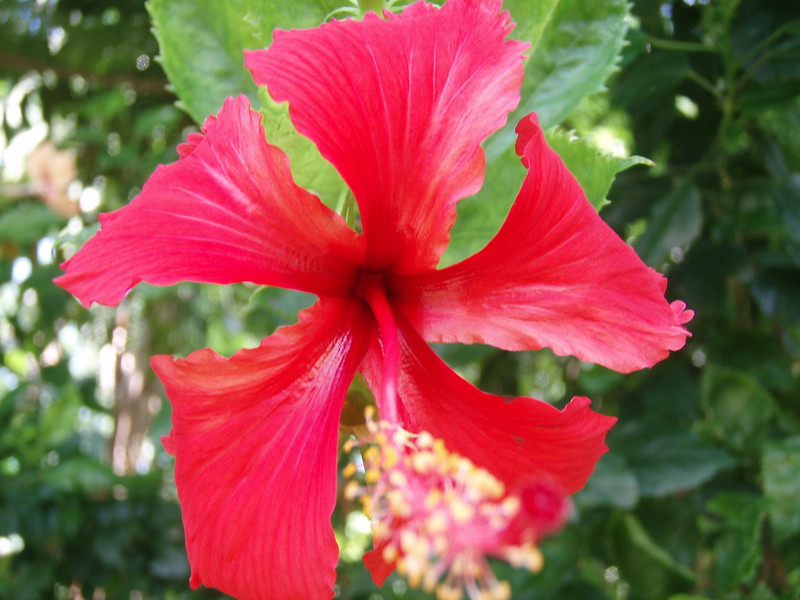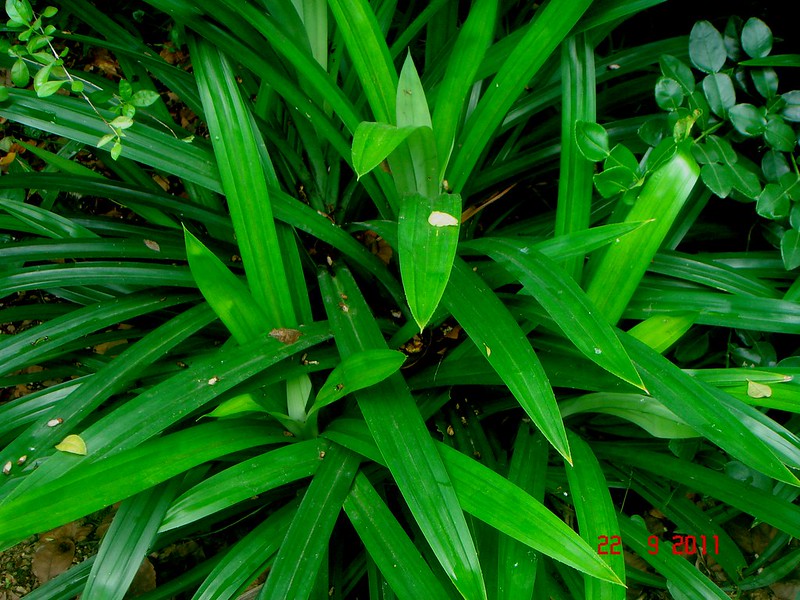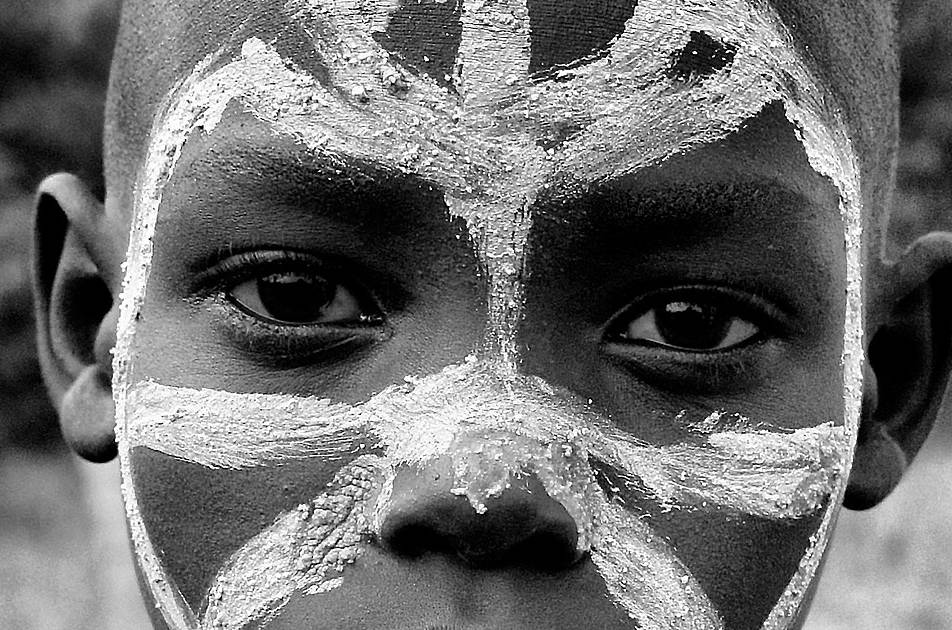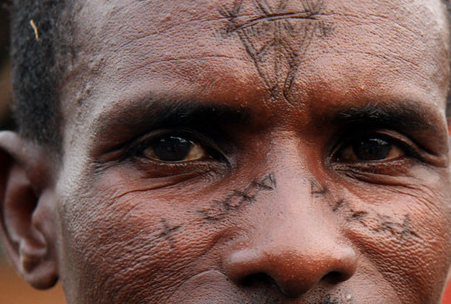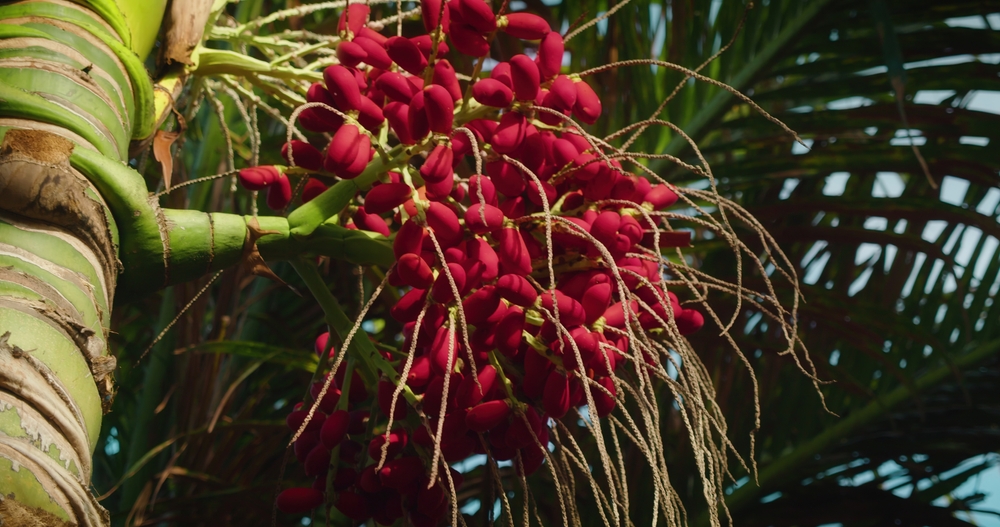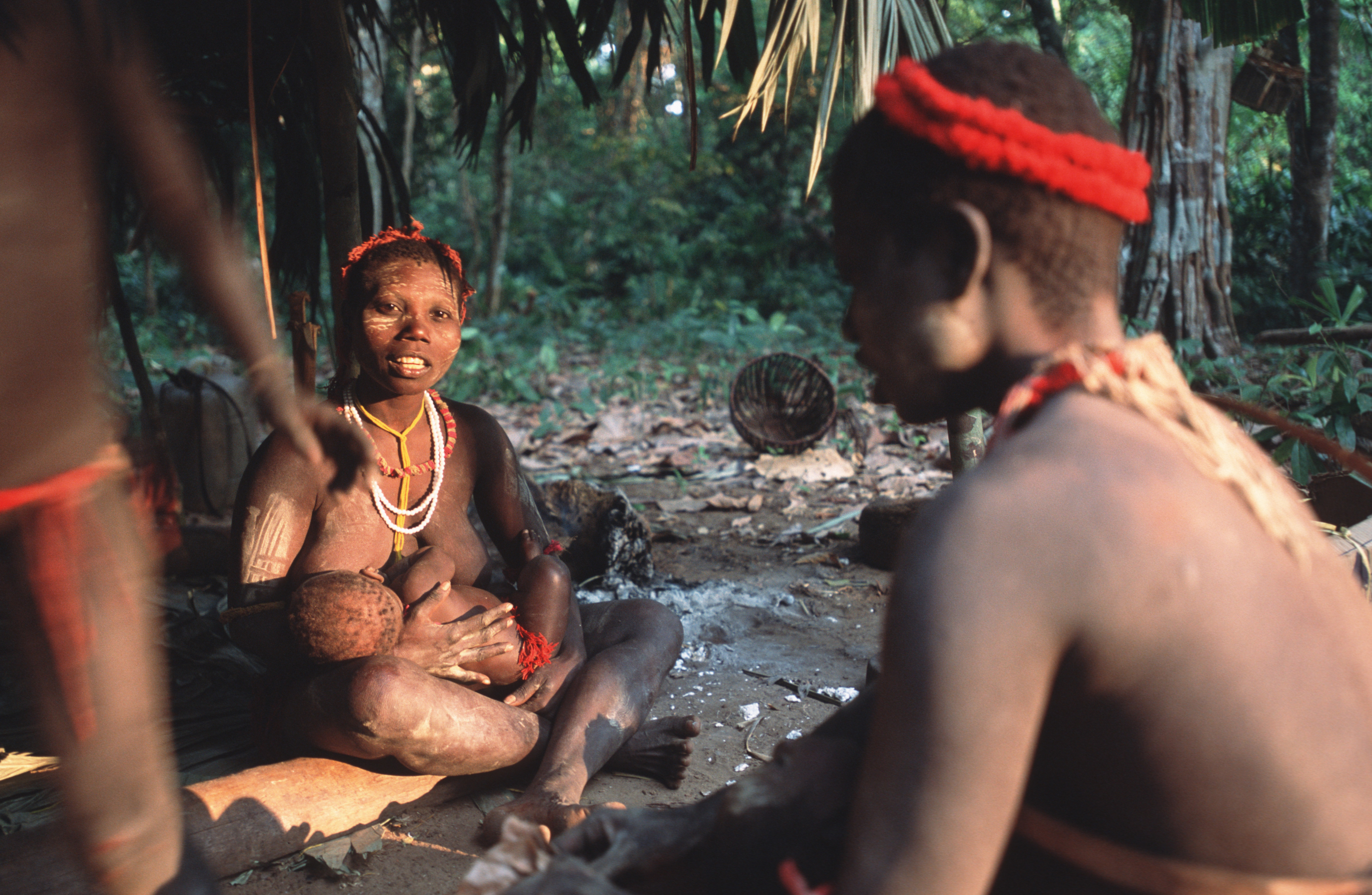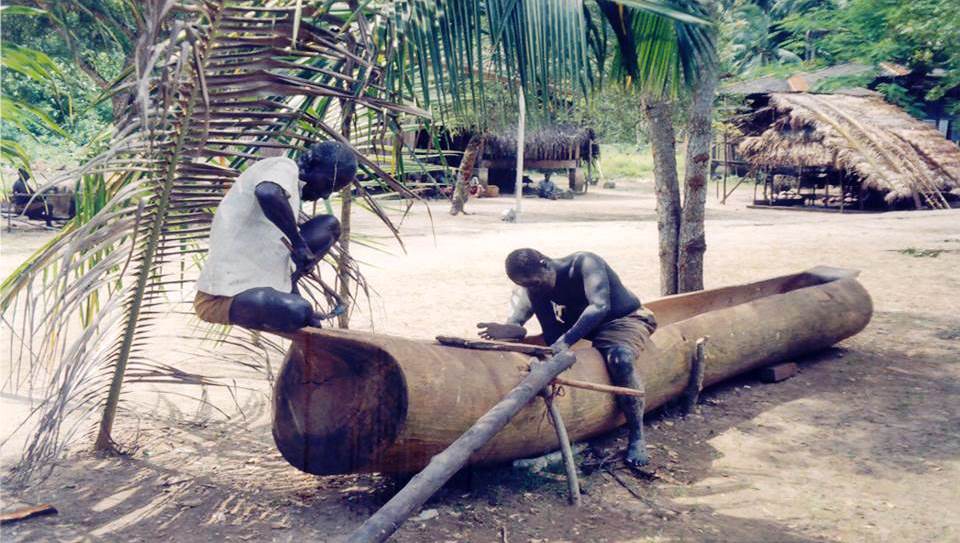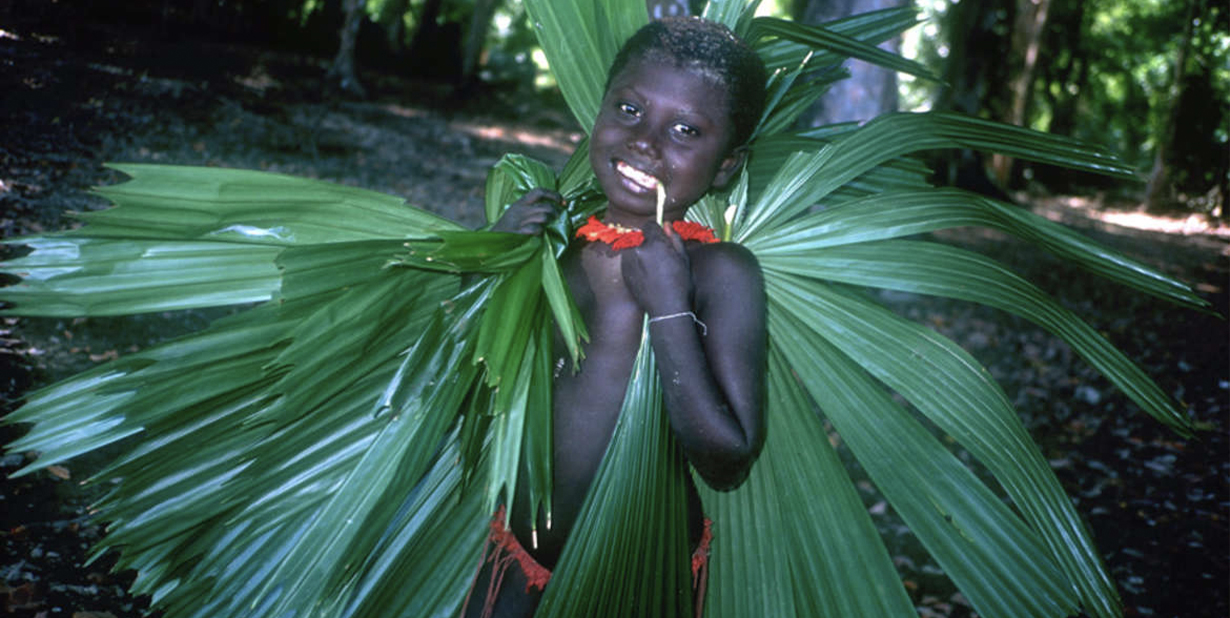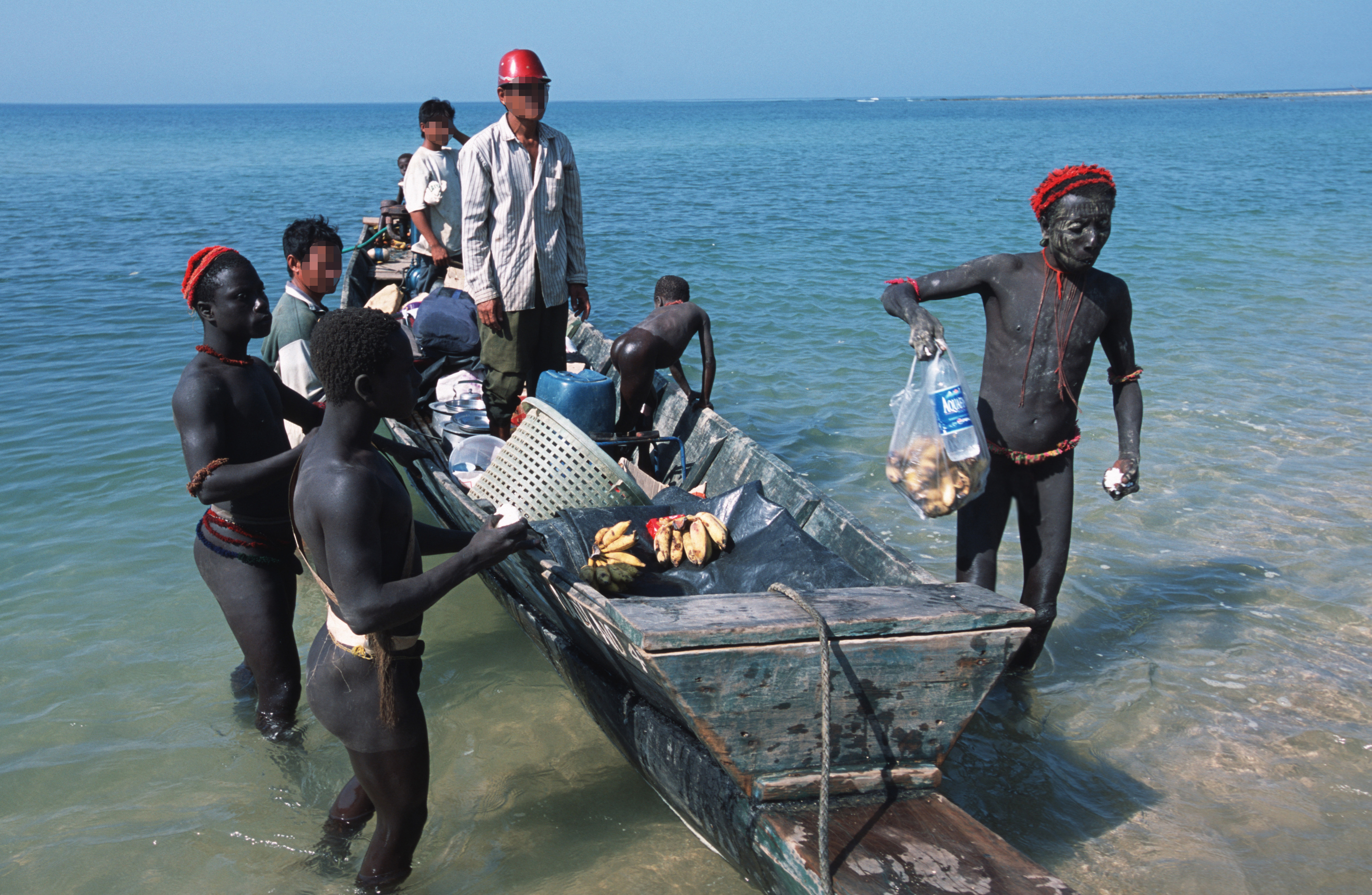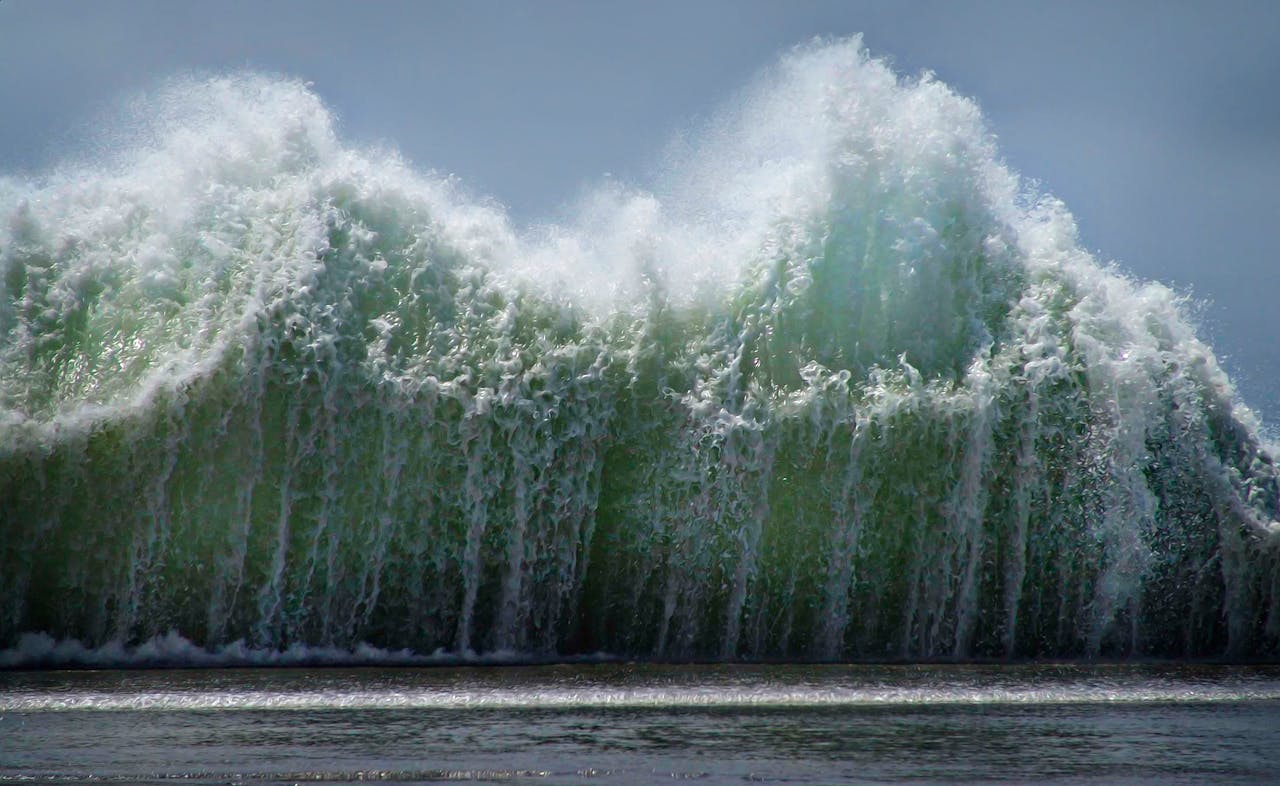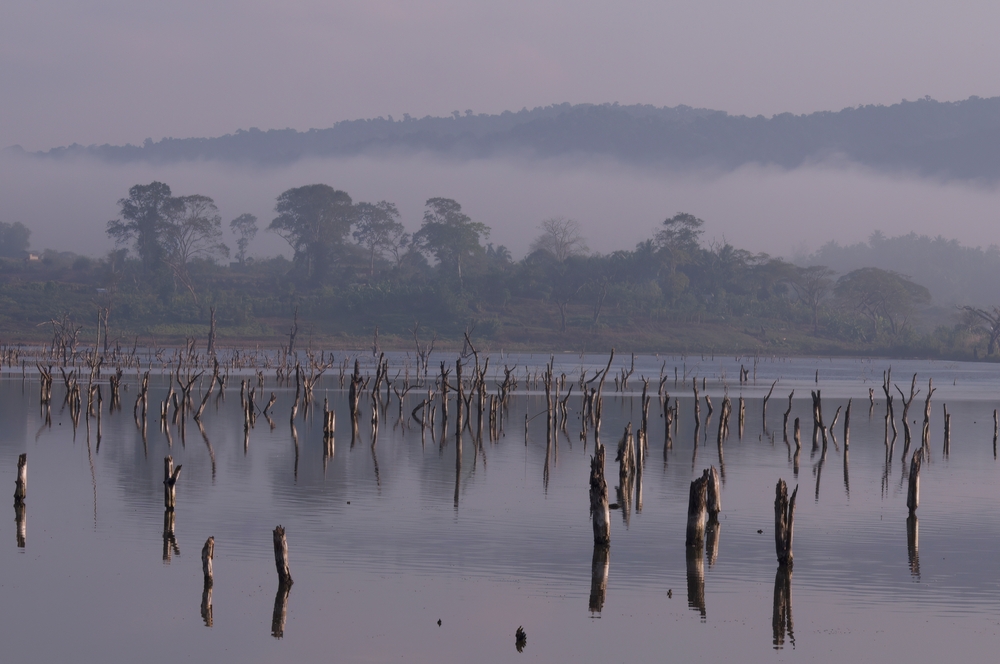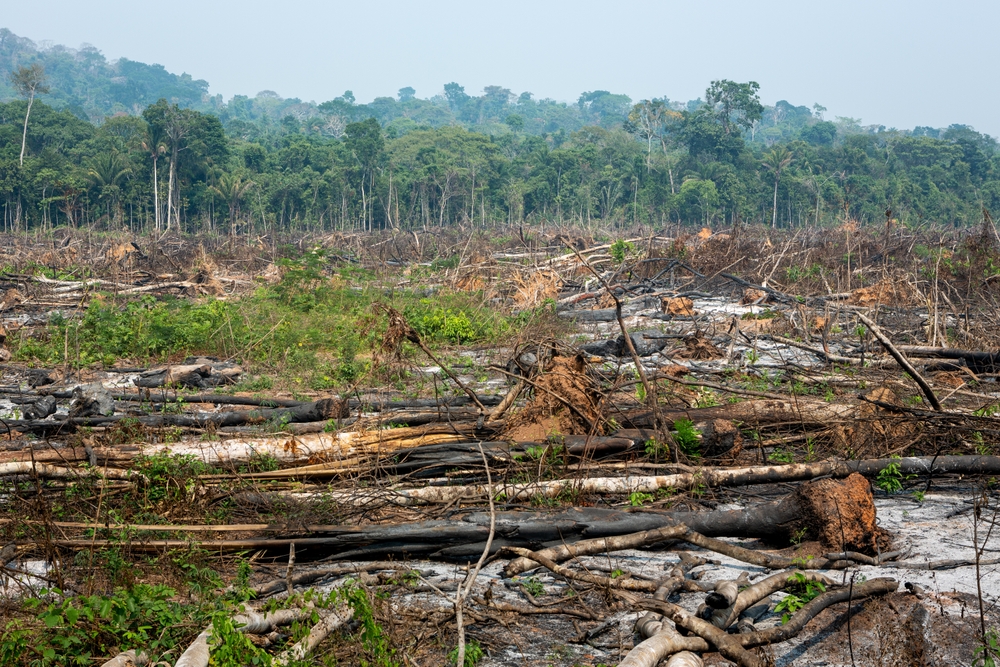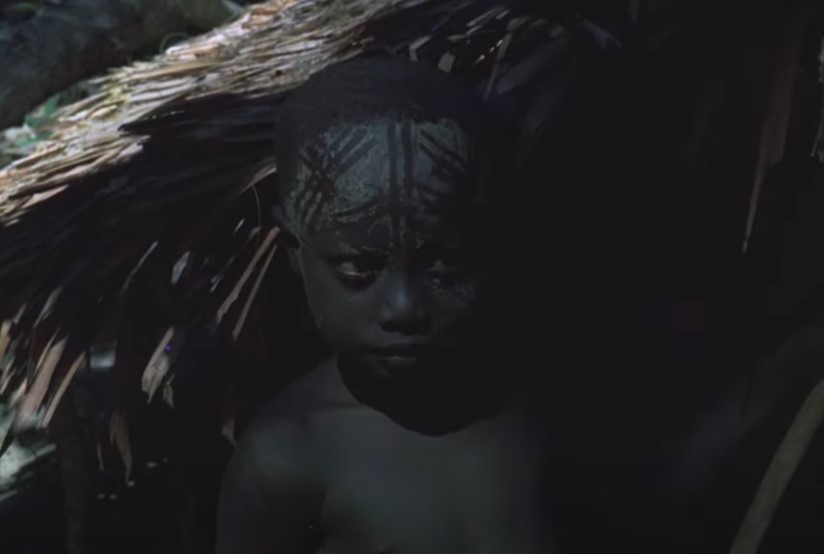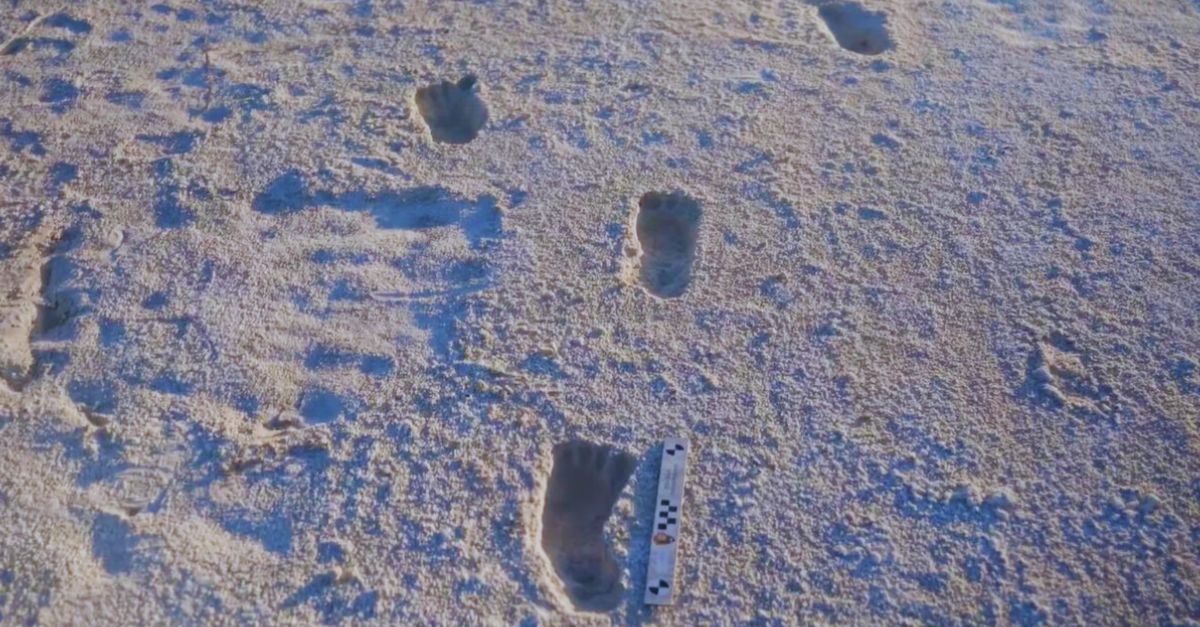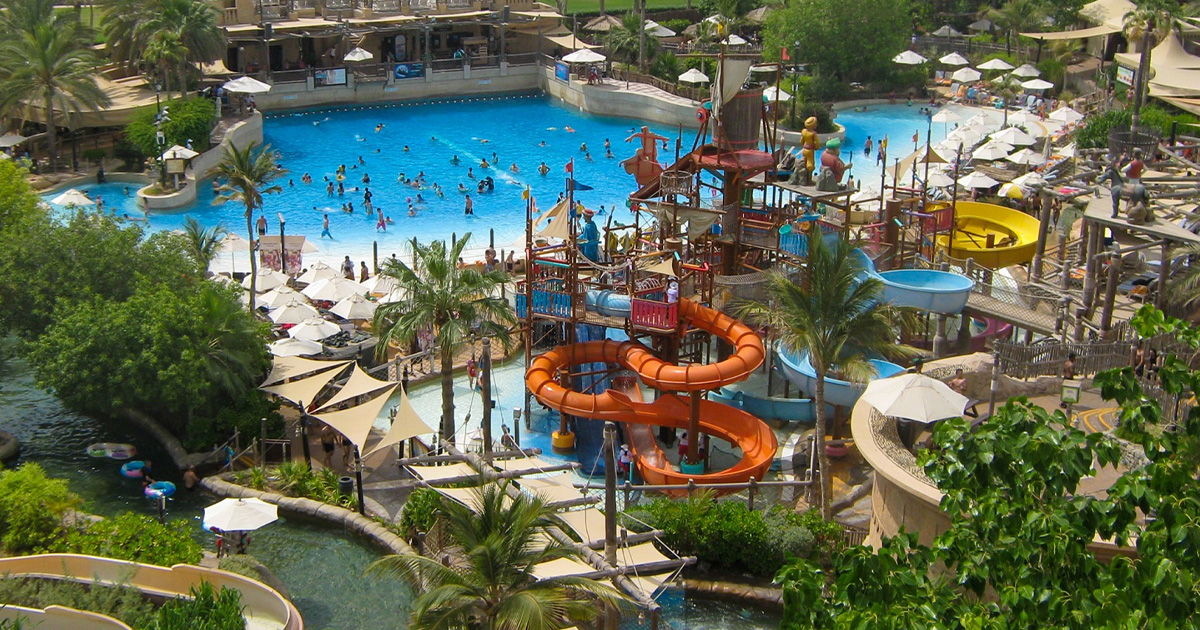The Onge Tribe
The Onge are one of the oldest and most primitive tribes in India. They are a semi-nomadic tribe, fully dependent on food provided by nature.
Recently, they have experienced the impact of outsiders, and their numbers have been diminishing since.

Who are they?
The Onge are an Andamanese ethnic group, indigenous to the Andaman Islands in Southeast Asia at the Bay of Bengal, currently managed by India.
Onge means En-iregale, which translates to “perfect person” or “perfect man.”
Where do they live?
In the 18th century the Onge were distributed across Little Andaman Island. But forced colonization in the 1940s left them confined to two small reserve camps: Dugong Creek in the northeast, and South Bay—where they remain today.
How big is their tribe?
The Onge population was significantly reduced after colonization and settlement, going from 672 in 1901 to only 117 in 2017. They are now a designated "Schedule Tribe" of India—meaning vulnerable and disadvantaged.
Of the 117, there are a total of 21 families—15 with children and 8 without children.
What language do they speak?
The Onge speak the Önge language. It is one of two known Ongan languages (southern Andamanese languages), and is considered an endangered language due to how few native Onge speakers there are today.
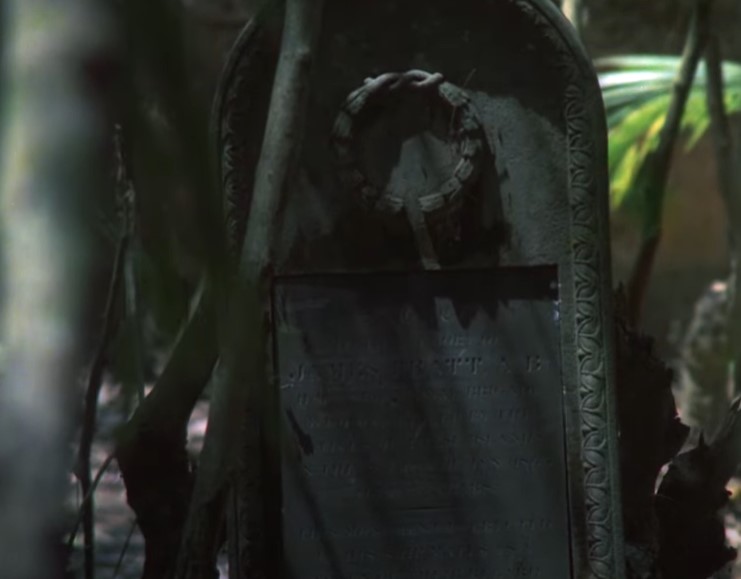 Film Division, Man In Search of Man (1974)
Film Division, Man In Search of Man (1974)
What do they live in?
Onge people live in large communal huts that sit up high on stilts. They are generally round or elliptical and is built by trunks and branches of tree, thatched with palm leaves on cane frames.
Each hut has a fire pit that is kept constantly burning or smoldering.
 Film Division, Man In Search of Man (1974)
Film Division, Man In Search of Man (1974)
What do they sleep on?
The Onge are expert mat-makers. They make sleeping mats of various sizes from bamboo or cane strips. They also make mats for different parts of their hut, and sometimes for sitting on outside.
What do they eat?
The Onges are hunter-gatherers, meaning all of their food comes from nature, and they get it themselves.
Does the government provide the reserves with food?
Yes, in addition to the food the Onge hunts and gathers themselves, the Indian government gives them rations of rice, lentils and other commodities—however the Onge will often trade or sell these items to outsiders instead.
What animals do they hunt?
They hunt various animals that are available on the island, such as deer, pigs, foxes, rats, snakes, turtles, birds, and more.
How do they hunt?
Handmade bows and arrows are the preferred method of hunting. They use spears, arrows and harpoons with a float for fishing and catching turtles, as well as handmade nets.
What vegetation do they gather?
The Onge gather various plants that grow in the jungle, which includes fruit, roots, tubers, and honey. They bake, boil and fry these foods.
What do they use for gathering?
Digging sticks with hooks on the end are used for digging up flowers and roots, tall sticks with hooks are used for gathering fruit from tall trees, and string is used for cutting honey combs.
They use tree fibers as string, and sharp broken shells as hooks.
Is there any food they don’t eat?
Pregnant women are not allowed to consume pork, turtle and honey. Aside from that, they will eat most of the edible vegetation that is available to them on the island.
Do they have bowls and utensils?
Most of their utensils are made from different kinds of shells. The Cyrena shell is used as a knife or scraper, the large Pinna shell serves as a tray or dish, and the Nautilus shell is used as a cup.
However, many of them just eat out of the baskets with their hands.
What do they cook their food in?
Cooking pots are made of clay, dried in the sun and then baked in the fire. Water containers are made of bamboo and buckets for carrying water are made of scooped-out pieces of soft tree trunk.
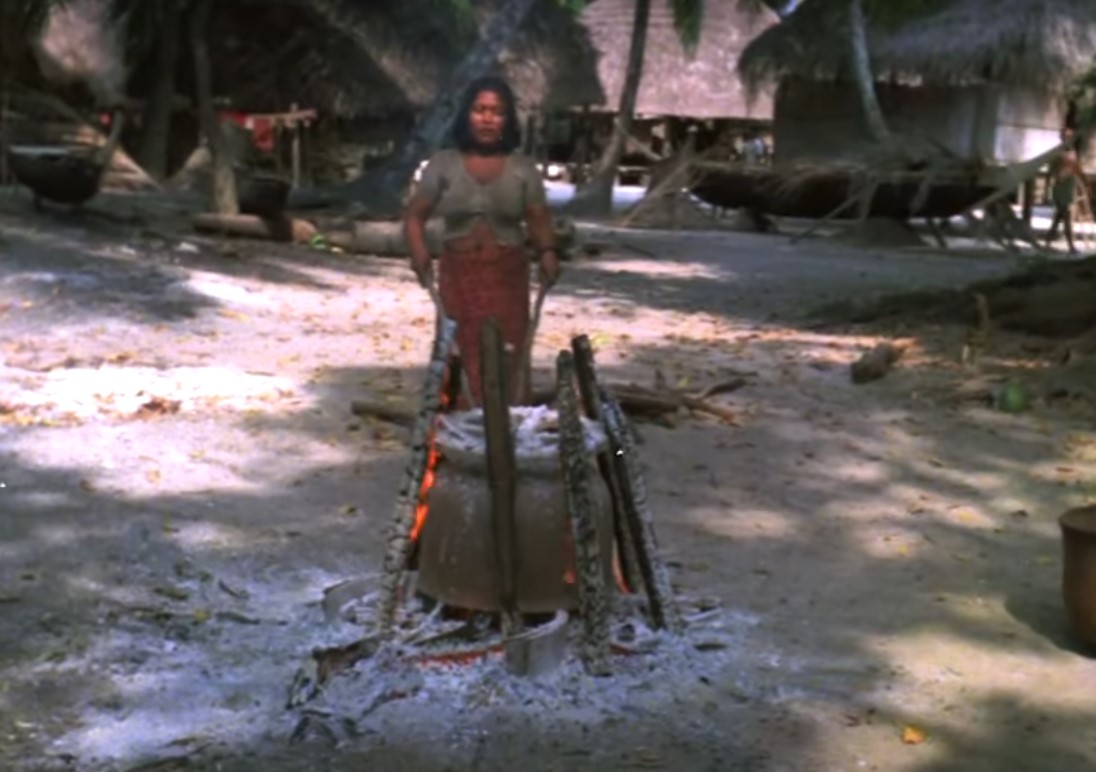 Film Division, Man In Search of Man (1974)
Film Division, Man In Search of Man (1974)
What do they wear?
The Onges are virtually unclothed. The men wear some sort of girdle around their waist which is usually made of Hibiscus fiber.
What do women wear?
Women wear a small apron made of Minuscopes litterales leaves. Every married woman wears a belt made of Pandanus leaves—and is never taken off unless it is replaced with a new one.
Do they accessorize?
The Onge like to wear bracelets on their wrists and knees made from spirally wound leaves and small shells. They also make necklaces from shells, bones, and bamboo.
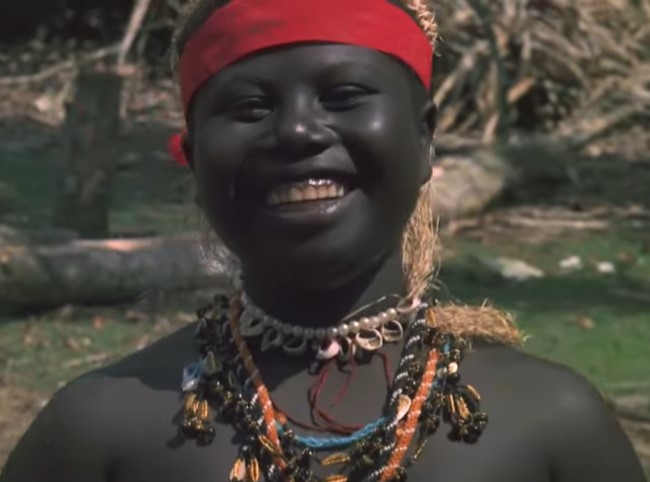 Film Division, Man In Search of Man (1974)
Film Division, Man In Search of Man (1974)
Do they decorate?
The Onge are known to decorate their huts and home areas with various shells and colorful materials they find in the forest. They also enjoy music and dance and make instruments that they keep on display as well.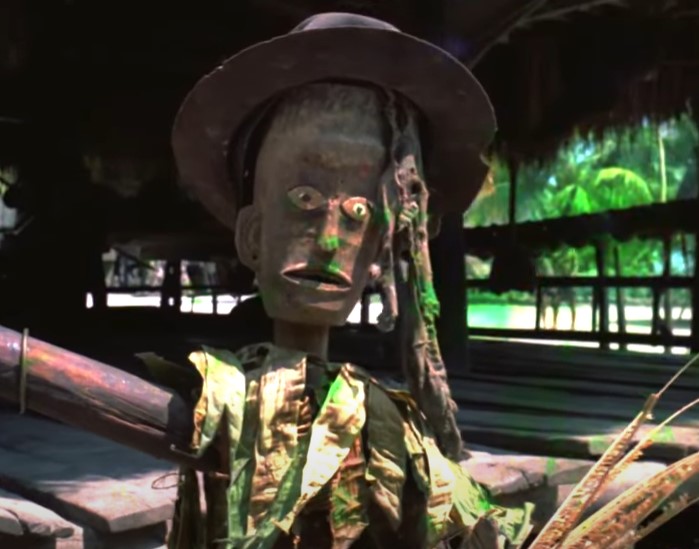 Film Division, Man In Search of Man (1974)
Film Division, Man In Search of Man (1974)
Do they use body paint?
Yes, the Onge, like many other primitive tribes, like to decorate their bodies with paint made from gray, yellow, white, and red clay. This is typically done for ceremonies and rituals, and has symbolic meaning to them.
What types of rituals do they do?
The Onge practice body scarification—which is done during childhood. A woman will use a piece of quartz or glass to make scars on the body at certain intervals.
What strange beliefs do they have?
The Onge consider white teeth a sign of an unalive body so they chew bark to turn their teeth red.
What is they social structure like?
Men and women are mostly treated as equals. The wives help the husbands with all money-making activities, but the division of labor remains traditional.
What are men responsible for?
The men keep themselves engaged in the construction of huts, canoes and other building needs and making hunting tools.
They also do the hunting, fishing, and honey collection.
What are the women responsible for?
The women and children do the gathering. They collect fruits, flowers, roots, leaves and shrubs from the forest. They also fetch water and manage the kitchens, as well as make creative items for decoration.
Do they have transportation?
Since the Onge are forest-dwellers, they do not typically have a need for much transportation. Most of how they move around is done on foot. They carry their items in handmade baskets on their backs.
Sometimes, a canoe made from a hollowed-out tree is used on the water.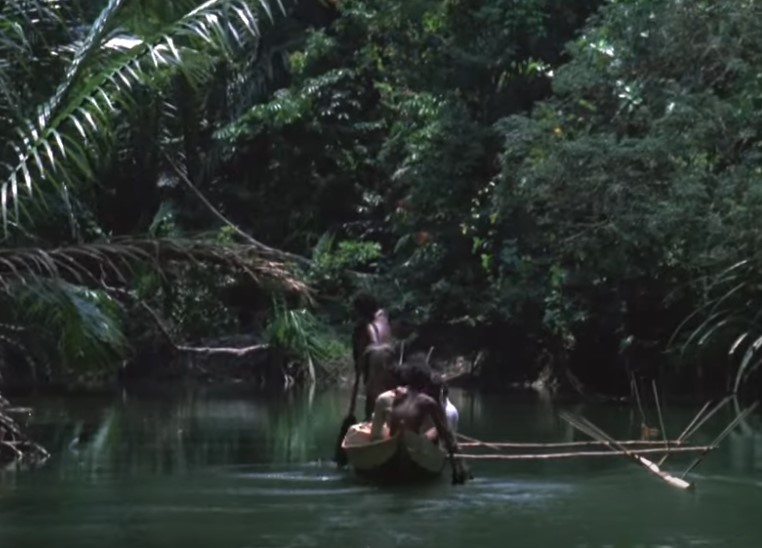 Film Division, Man In Search of Man (1974)
Film Division, Man In Search of Man (1974)
How does the government help the reserve?
The reserve offers the Onge a safe land to live on, though they must now compete with settlers for wild boar and fish.
The government has also given the reserve rationed food, medical supplies, and educational resources.
Is their health in danger?
Since original contact with outsiders occurred, and the Onge were forcibly confined to a reserve, their population has diminished significantly and quickly. They were introduced to disease and alcohol, which were extremely detrimental.
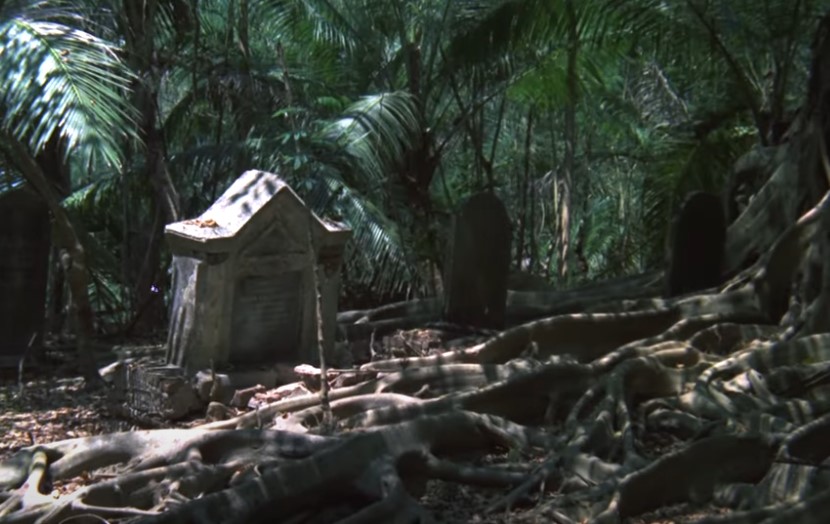 Film Division, Man In Search of Man (1974)
Film Division, Man In Search of Man (1974)
The 2008 Accident
In 2008, the Onge’s population suffered a devastating blow when eight Onge men passed after drinking an unknown liquid they found on the shoreline. It is believed that they thought it was liquor, but it may have instead been a type of engine fuel.
Several other tribe members were critically ill from drinking the same liquid.
What other dangers exist for them?
Mother nature can be rather dangerous for them considering their remote island location. In fact, in 2004 their settlements were completely destroyed by a tsunami—and the Onge just merely survived.
The 2004 Tsunami
When the Onge felt the earthquake and saw the water level drop dramatically, they gathered on the shore and hurled stones into the sea to trick the angry spirits (who they believed were shaking the pillar that holds up the sea) into believing that the Onge were in the water.
Heading for High Ground
They knew that if the sea receded rapidly, it would later rush back with a destructive power. They quickly headed inland to the highest points they could, and miraculously all of them survived.
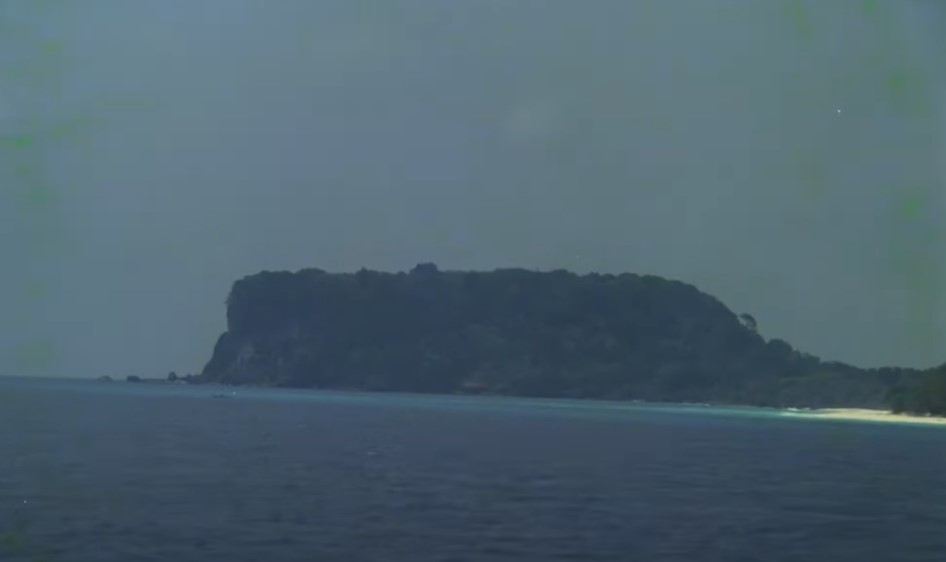 Film Division, Man In Search of Man (1974)
Film Division, Man In Search of Man (1974)
Deforestation
Much of the island has been deforested by settlers, and continues down the same path today. The Onge desperately searches what is left of the forest for food and material that is crucial for their survival. This has caused more dependence on the government, particularly for food rations.
Mortality Rates
In recent years, the Onge have suffered high rates of malnutrition, infant mortality and perilously low growth rate. Infant and child mortality rates have doubles in the years after they were forced into reserves.
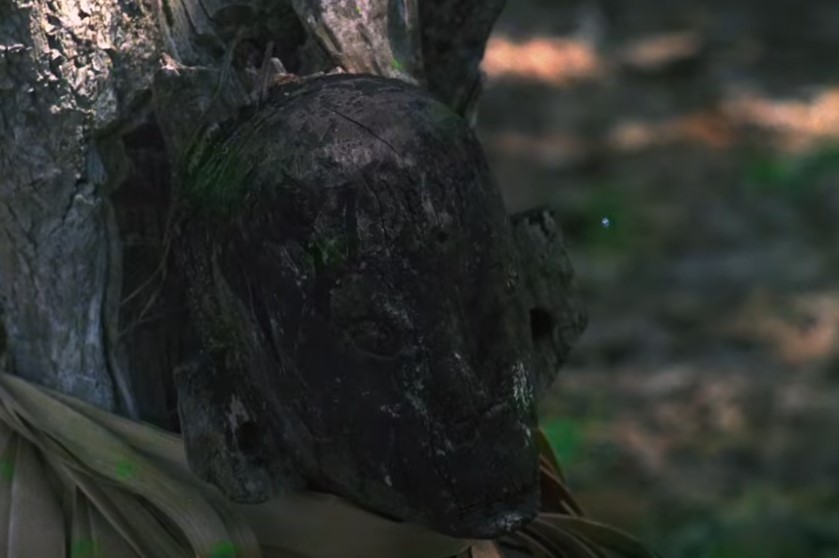 Film Division, Man In Search of Man (1974)
Film Division, Man In Search of Man (1974)
Forced Changes to Tradition
The Indian government feels compelled to “help” this endangered tribe, and so they have a “breeding program” in place to aid in population growth.
They have also begun pressuring the Onge to drop certain customs, such as their primitive clothing choices and handmade tools.
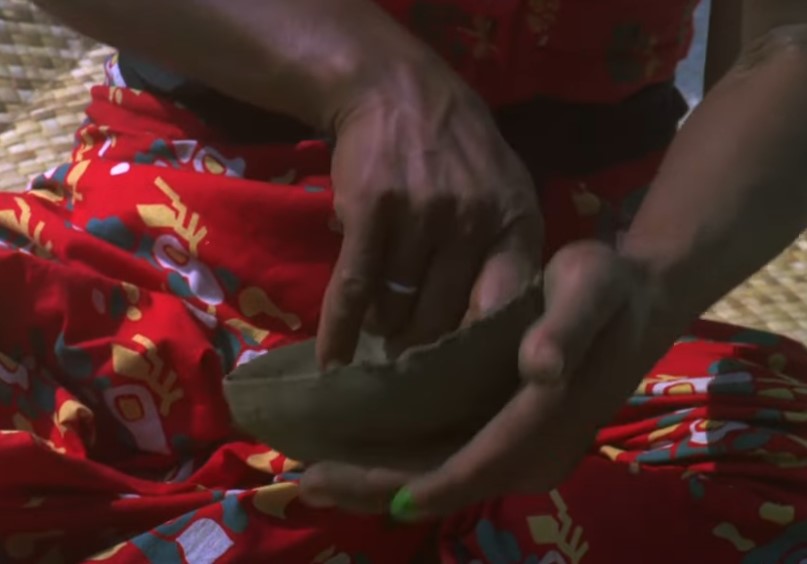 Film Division, Man In Search of Man (1974)
Film Division, Man In Search of Man (1974)
Final Thoughts
Although the Onge remain one of the oldest and most primitive tribes of India, their forced settlement has changed their traditional ways of life, forcing them to slowly become more and more reliant on the government for their well-being.


